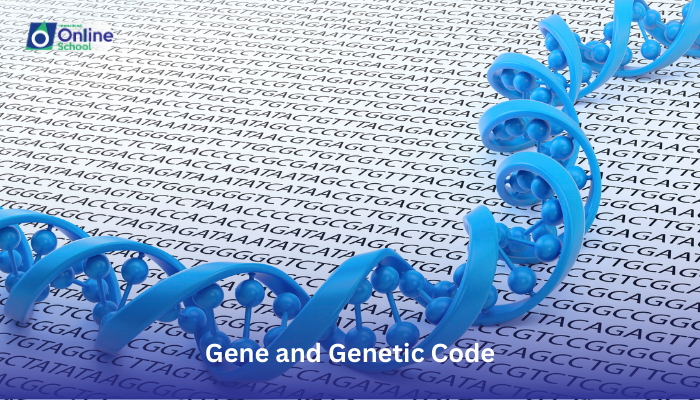
Learning Outcomes:
i. Define the concept of a gene and its role in heredity.
ii. Explain how genes encode the instructions for building proteins.
iii. Describe the basic components of the genetic code, including nucleotides and codons.
iv. Recognize the fundamental nature of genes and genetic code in shaping life and its diversity.
Introduction:
Imagine a vast library, filled with instruction manuals for building and operating everything from a simple cell to the complex human body. These manuals, tucked away within our chromosomes, are called genes. They hold the secrets of our inherited traits, from eye color to hair texture and beyond. But how do these tiny segments of DNA translate into the diverse tapestry of life? This is where the genetic code comes in – the language that allows genes to speak to cells and orchestrate the construction of proteins, the workhorses of our biology.
i. The Building Blocks of Inheritance: Defining Genes:
Think of a gene as a specific section of DNA that contains the instructions for making a particular protein. These instructions are written in a language of chemical building blocks called nucleotides. Each nucleotide is made up of a sugar, a phosphate group, and a nitrogenous base. The specific combination of these bases within a gene determines the protein it encodes.
ii. From Blueprint to Bricklayer: How Genes Code for Proteins:
Imagine a recipe book written in a cryptic language. The genetic code is similar – it dictates the order in which amino acids, the building blocks of proteins, are assembled. Groups of three nucleotides, called codons, each specify a specific amino acid. The sequence of codons within a gene determines the sequence of amino acids in the resulting protein, and its unique shape and function.
iii. The Alphabet of Life: Nucleotides and Codons:
The genetic code has its own alphabet, consisting of four different nucleotides: adenine (A), guanine (G), cytosine (C), and thymine (T). These nucleotides combine in various combinations to form 64 different codons. Each codon corresponds to a specific amino acid, with some codons even serving as start and stop signals for protein synthesis. This intricate language allows genes to encode a vast array of protein structures and functions.
iv. Beyond the Basics: The Nuances of Genetic Code:
The world of genetic code is not a simple one-to-one translation. There are codons that can code for the same amino acid, adding a layer of redundancy to the system. Certain genes can also undergo alternative splicing, where different parts of the gene can be combined to create different protein versions, further expanding the diversity of protein function.
Genes and genetic code are the foundation of heredity, the language that allows life to replicate and evolve. Understanding these fundamental concepts is crucial for appreciating the intricate dance between DNA, proteins, and the myriad traits that define us. From predicting disease risk to developing personalized medicine, unraveling the secrets of genes and their code opens doors to endless possibilities in healthcare and our understanding of life itself.